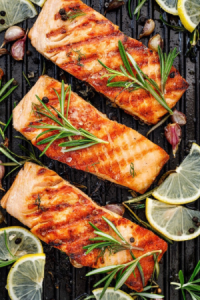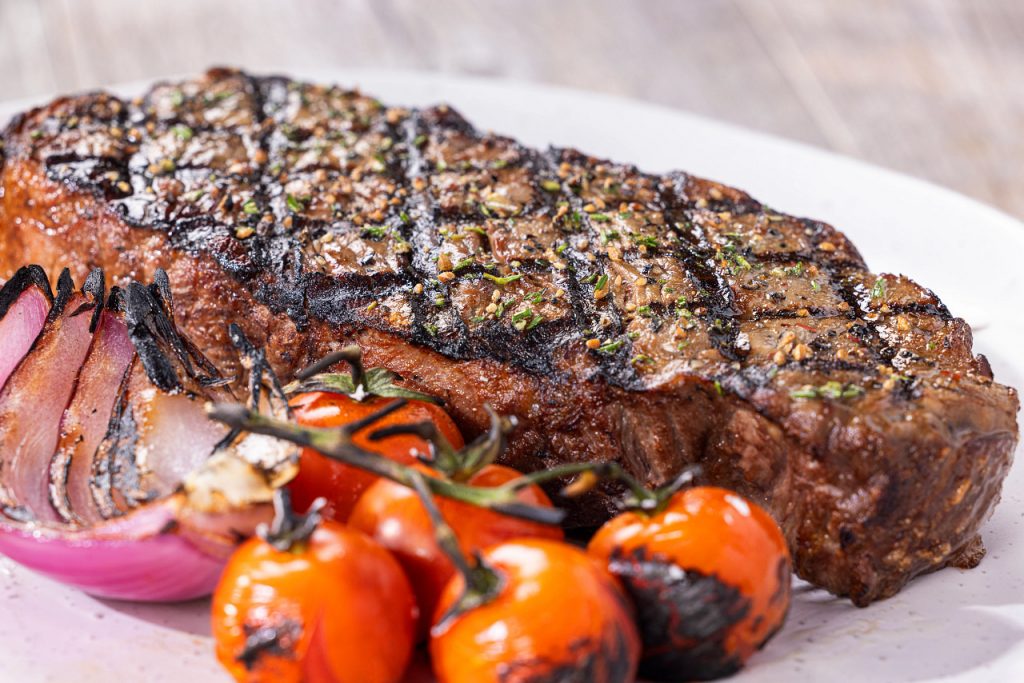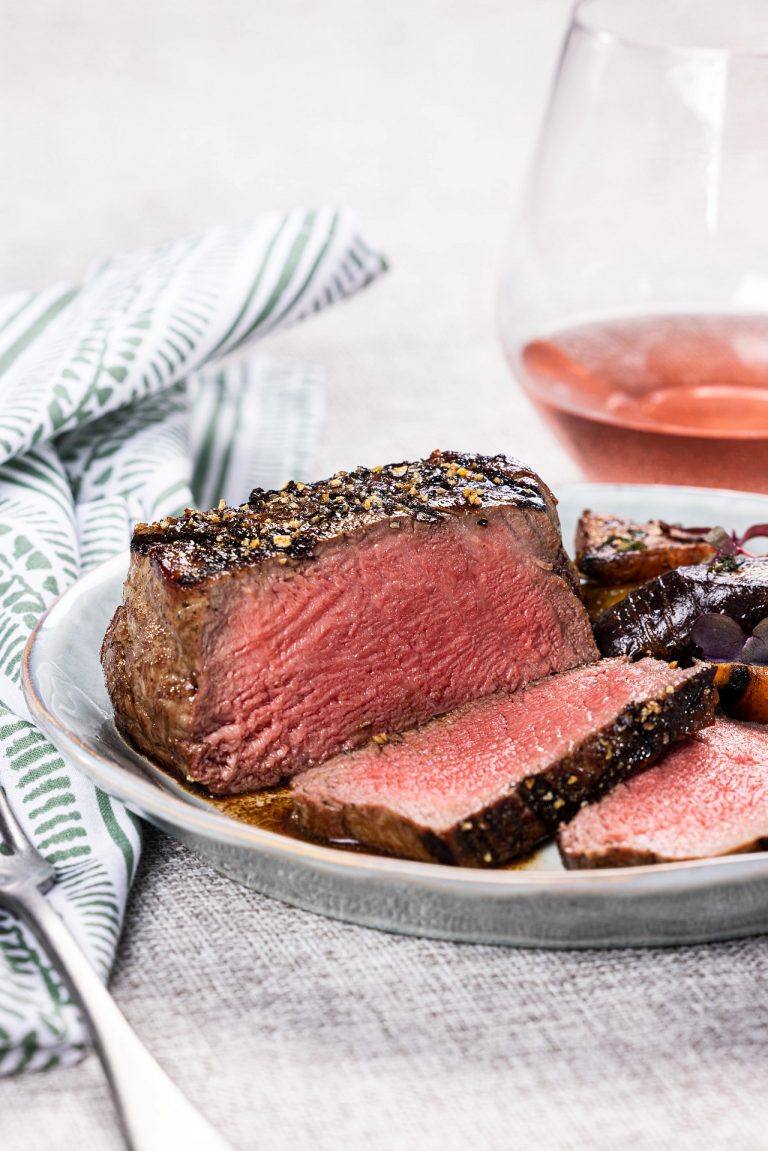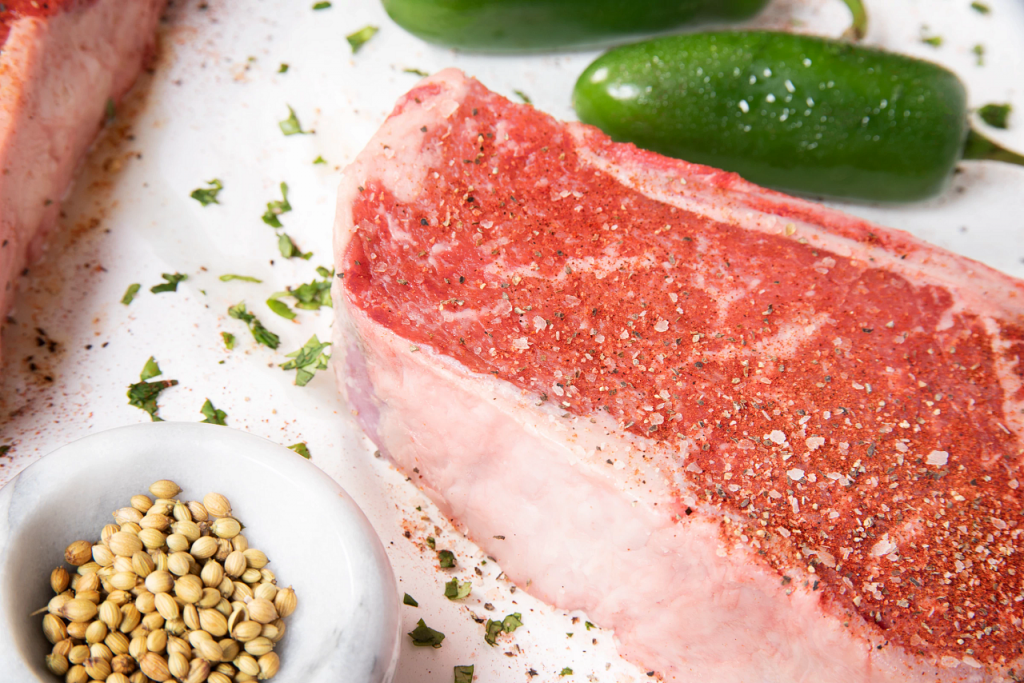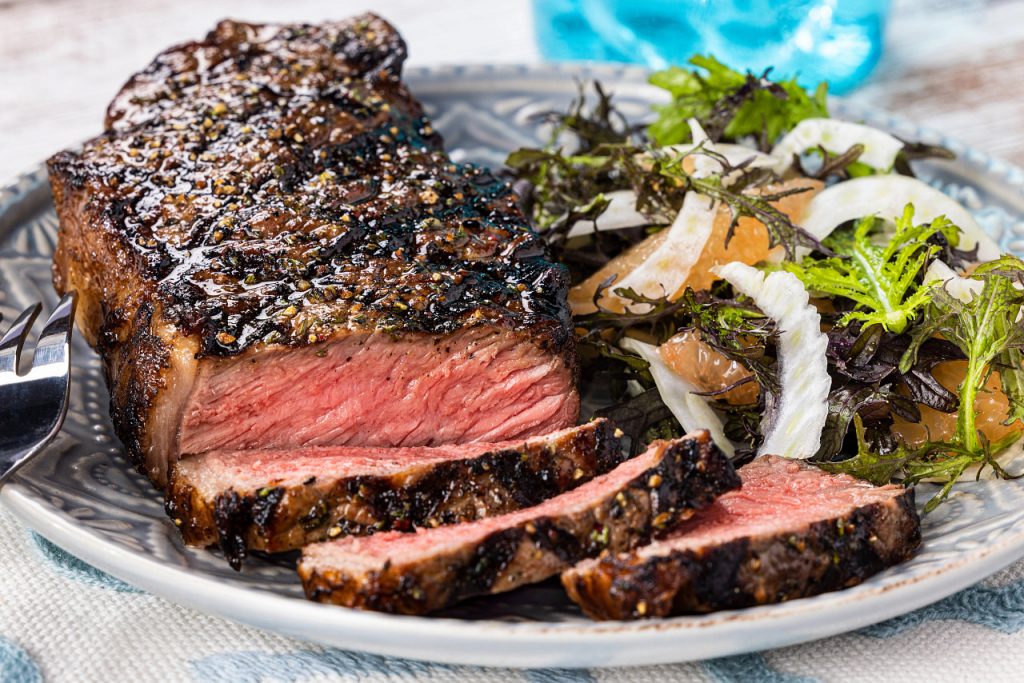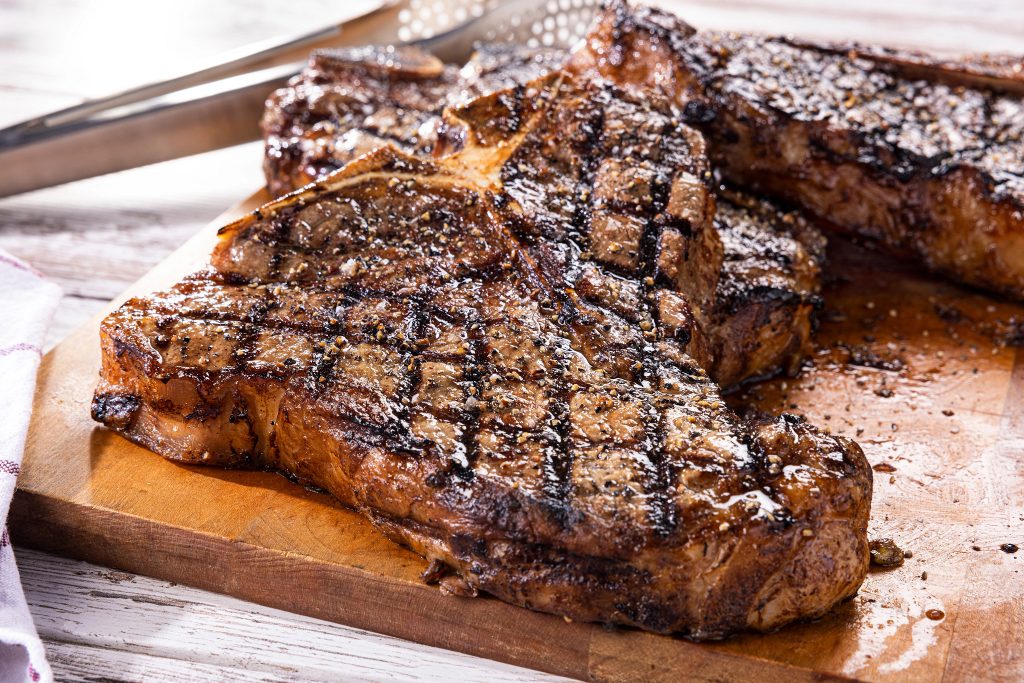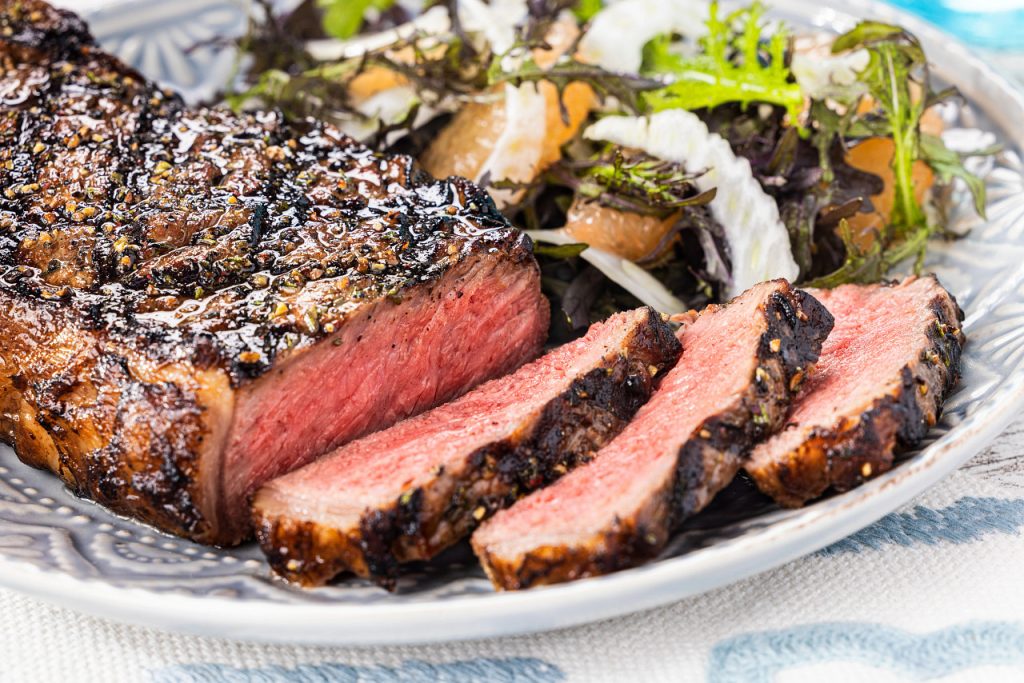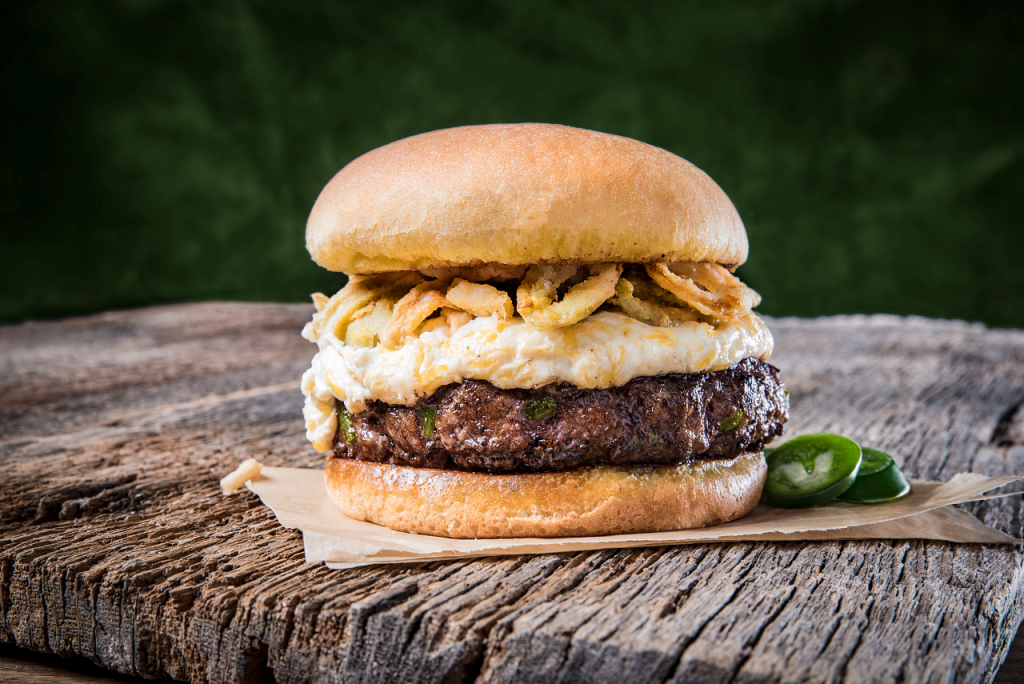How To Grill Fish
Nothing compares to seafood on the grill. Something about the smoky flavor works so well. Grilling seafood is easier than you think. Once you get the taste of it, you’ll be hooked.
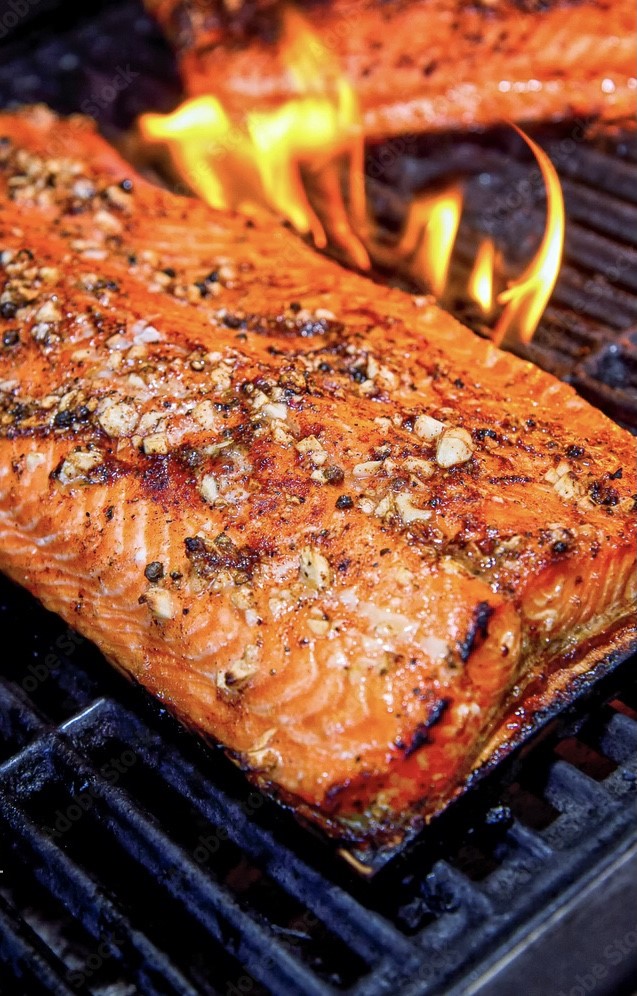
One: It Starts with a clean, well-oiled grill
Make sure you’re starting with CLEAN grill grates — scrape well to remove any crusted-on carbon from your last cook.
Before you add a single fish fillet or piece of seafood, rub the grates where they’ll go with a well-oiled paper towel. If you have ever experienced fish sticking in the past, one of the main reasons could be an uncleaned grill.
Now that you have a cleaned grill, you’ll want to generously oil the grates. Pour vegetable oil a onto a paper towel and wipe it on the grill grates.
Two: Use the Right Tools
The fish spatula is a must-have tool in every chef’s arsenal, and it can be used for a variety of everyday cooking tasks other than fish. Due to its blade-like edge and thin metal flipper, it’s the best spatula for sliding under food without accidentally shoving into it. These features can make the difference between a clean flip and a shredded chunk of meat if a piece of chicken or fish is slightly stuck to the pan. A good fish spatula can handle half-pound burgers and flip pancakes as effortlessly as it can turn delicate fish fillets. It’s one of those fantastic, low-cost, yet endlessly useful kitchen tools.
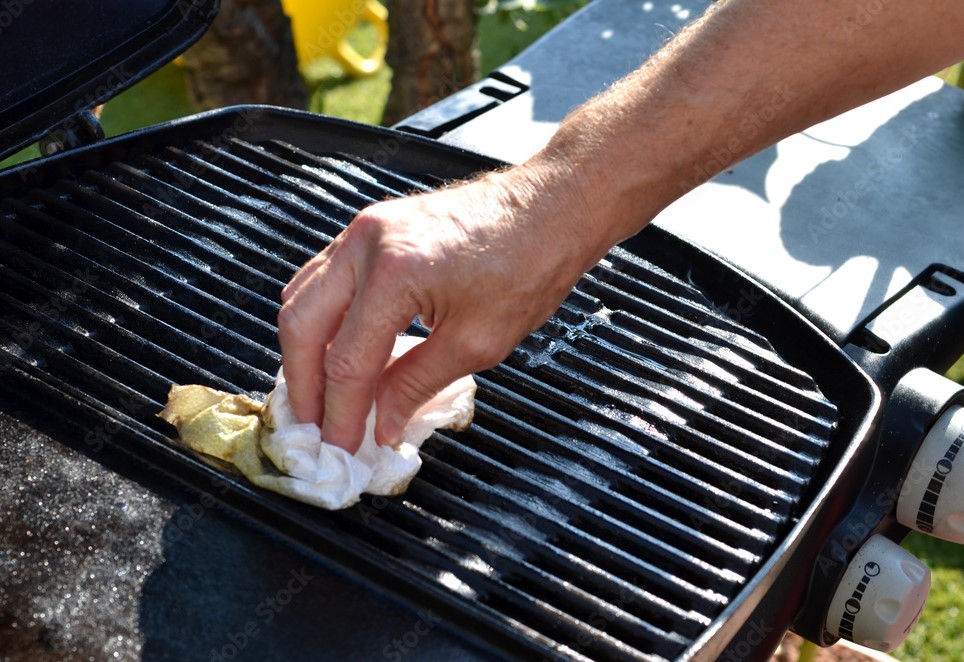

Three: Be sure to preheat your grill on high for 10-15 minutes.
When grilling anything, especially fish, the first thing to do is to get the grill hot. This accomplishes several things. Increasing the grill’s temperature will aid in caramelizing the fish and creating the distinct grill marks that give grilled foods their distinctive flavor. Preheating the grill will also cut down on the time your fish spends there, reducing the chance that it will dry out. Last but not least, preheating the grill will eliminate fish grillers’ biggest worry: sticking.
Whether skin is on or off, the temperature should be at a medium to high heat, depending on the recipe, around 400-450 degrees Fahrenheit. Even though fish is very lean, if the grill was properly warmed, it will naturally detach itself from the grilling grate when it is done.
Now that your grill is preheated, you’re almost ready to start grilling your fish. The last thing to do is clean the cooking grates with a stainless-steel brush to remove all prior cooking debris that may still be left over. Just a good rule of thumb, clean cooking grates are a necessity no matter what you are grilling to aid in easy removal of your grilled cuisine. If you’ve experienced fish sticking to the grates in the past, chances are you didn’t preheat your grill to the correct grilling temperature, or clean your cooking grates properly.
Four: This is the most important thing: DON’T flip your fish too early!
This is how fillets fall apart. If you’re fighting to get your spatula under your fillet then it is NOT ready. When grilling a filet with skin, we grill the flesh side first for 70% of the total cooking time, and then flip it to the skin side for the remainder of the time.
Grilling time for a filet will be about 10 minutes per inch of thickness. However, be sure refer to your recipe’s instructions Always remember to grill with your lid down. Each time you open the lid, you add additional cooking time to your meal.
